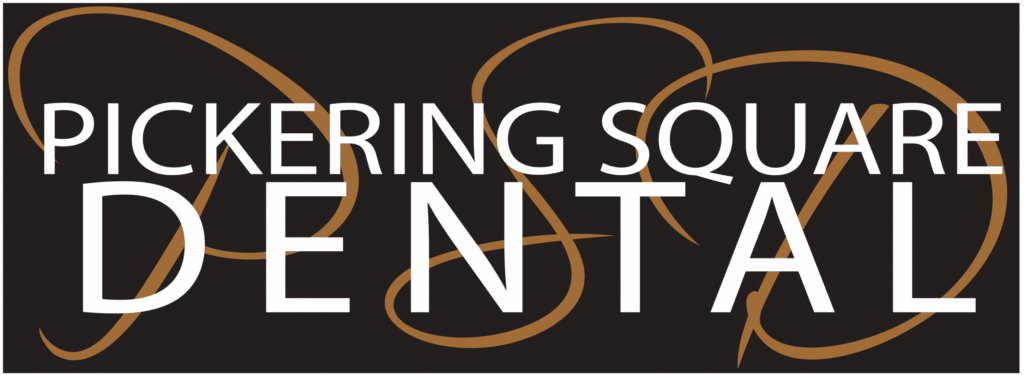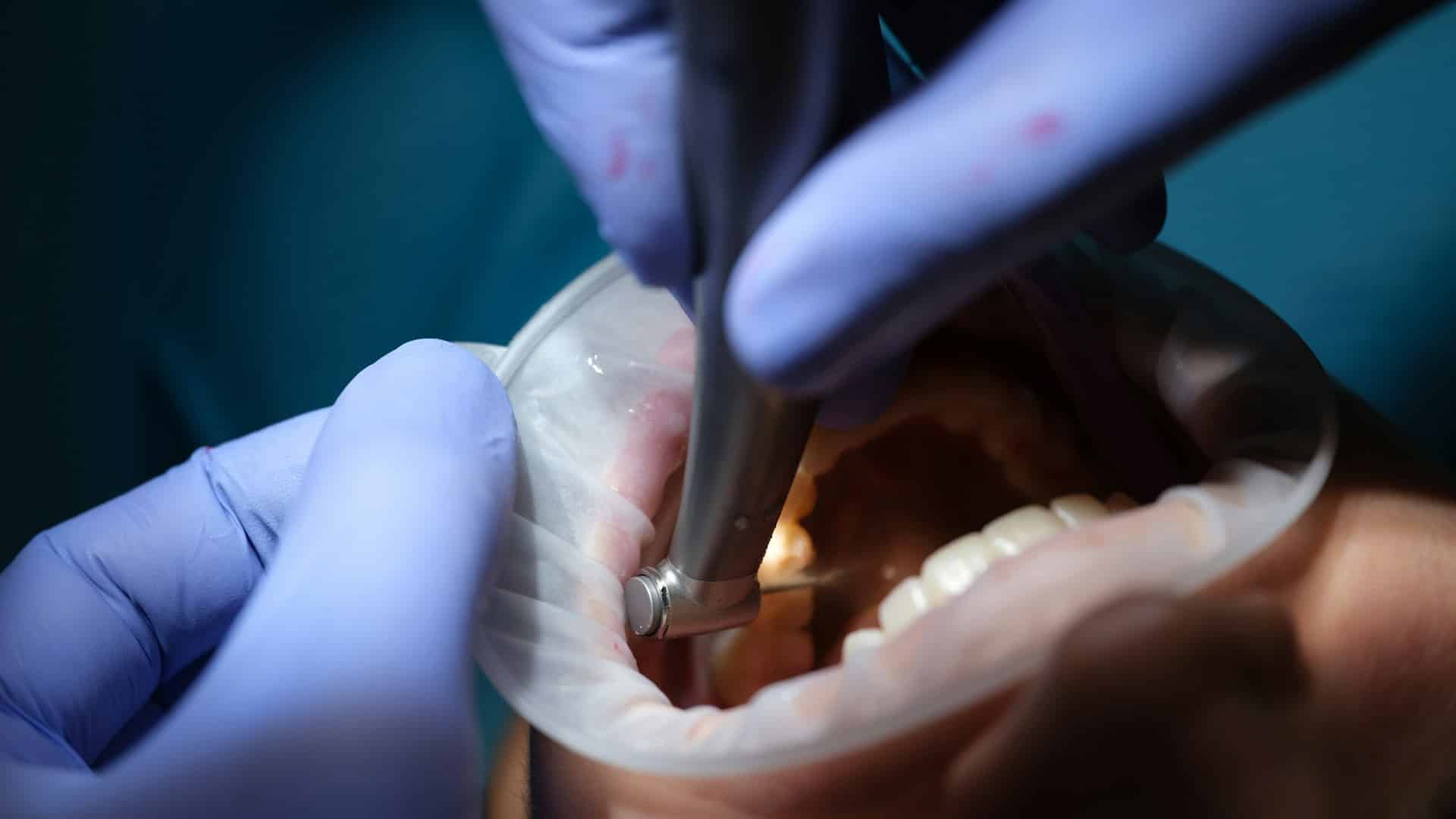Missing teeth can significantly impact an individual’s smile, self-esteem, and overall oral health. Dental implants have become an increasingly popular solution for replacing missing teeth and restoring the natural appearance and function of your smile. As a family dental care provider in Pickering, ON, our goal is to provide comprehensive information and guidance to help you make well-informed decisions about your dental health, including understanding the benefits and procedures surrounding dental implants.
In this in-depth guide, we will cover the essential aspects of dental implants, including the components that make up the implant, the process and timeline of their placement, and considerations for determining whether you are an ideal candidate. Furthermore, we will delve into the advantages dental implants offer when compared to traditional tooth replacement options such as dental bridges or dentures, touching upon their durability, health, and aesthetic benefits.
Components of Dental Implants
Dental implants consist of three main components that work together to create a stable and natural-looking tooth replacement:
1. Implant: The implant itself is a small titanium post that serves as the artificial tooth root. It is surgically placed into the jawbone, providing a strong and stable foundation for the replacement tooth.
2. Abutment: The abutment is a connector piece that attaches to the implant, functioning as a support structure for the dental crown.
3. Dental Crown: The dental crown is a custom-made, tooth-shaped restoration that is mounted onto the abutment, replicating the appearance of a natural tooth.
The Dental Implant Process and Timeline
The dental implant placement process typically involves several stages and visits over a few months, depending on your individual needs and healing times.
1. Initial Consultation: Firstly, a comprehensive oral evaluation will be performed to assess your overall dental and medical health, followed by a discussion about your treatment options and goals.
2. Tooth Extraction and Bone Grafting (if necessary): In some cases, a tooth extraction may be required before implant placement. Additionally, if there is insufficient bone density in the jaw, a bone grafting procedure may need to be performed to create an adequate foundation for the implant.
3. Implant Placement: During this stage, the titanium implant post is surgically inserted into the jawbone. A healing cap may be placed to protect the implant site during the healing phase.
4. Osseointegration: After implant placement, a period of osseointegration (bone fusion) follows, typically lasting several months. This involves the implant post securely bonding with the jawbone, creating a strong foundation for the replacement tooth.
5. Abutment Placement: Once osseointegration is complete, the abutment is attached to the implant, followed by a few weeks of healing time.
6. Dental Crown Placement: Finally, your custom-made dental crown is securely fastened to the abutment, completing your new smile.
Determining Your Candidacy for Dental Implants
There are several factors to be considered when determining if dental implants are the right solution for you:
1. Oral Health: Ideal candidates for dental implants should have good overall oral health and be free of gum disease or other conditions that might affect implant success.
2. Jawbone Density: An adequate amount of jawbone is necessary to support the implant post securely. In some cases, bone grafting may be required to build up the jawbone.
3. Smoking Status: Smokers may have a higher risk of dental implant complications and failure, so quitting or reducing smoking is highly recommended.
4. Medical Health: Certain medical conditions or medications can impact the success of dental implants and must be discussed with your dentist during your consultation.
The Benefits of Dental Implants
Dental implants offer numerous advantages when compared to traditional tooth replacement options such as dental bridges or dentures:
1. Natural Appearance: Dental implants mimic the look of natural teeth, seamlessly blending in with your existing smile.
2. Improved Function: Unlike dentures that can move or slip, dental implants are secure and stable, allowing you to eat, speak, and laugh with confidence.
3. Preservation of Jawbone: Dental implants stimulate the jawbone, preventing bone loss that often occurs with tooth loss, maintaining your facial structure, and reducing the risk of future dental issues.
4. Longevity: With proper care and maintenance, dental implants can last for decades, making them a long-lasting and cost-effective tooth replacement option.
5. Better Oral Health: Dental implants do not require the alteration of neighbouring teeth, as dental bridges do, preserving the overall health of your remaining teeth.
Conclusion
Dental implants are an exceptional solution for replacing missing teeth and restoring the appearance and function of your smile. By understanding the components, processes, and benefits associated with dental implants, you can make a well-informed decision about your oral health. Our dedicated and knowledgeable team in Pickering, ON, is here to guide you through every step of your dental implant journey and provide you with the professional care and expertise you deserve.
Contact our team at Pickering Dental Services today to book a consultation and discover how dental implants in Pickering can transform your smile and change your life for the better.


